
Q&A: Dr Mahmoud Wagih, an award-winning electronics engineer
Why did you first become interested in science and engineering?
The earliest engineering I did as a (probably) five- or six-year-old was building up model cities using blocks. Slightly later, I developed a love for cars, of all sizes, and spent a good while on annual family trips to car shows and sketching (conceptual) car designs; I heard then that designing cars was a well-paying job!
Strategy computer games were another hobby growing up, which does include an element of engineering, or engineering management. Seeing PCs develop and become capable of doing more, particularly running more advanced games, made me want to build PCs, which made me go into studying electronics.
Quick-fire facts
Mahmoud's path to engineering
Qualifications: BEng in electrical and electronic engineering; PhD in electrical and electronic engineering
Biggest engineering inspiration: probably Gordon Moore, who defined the growth of digital chips
Most-used technology: the internet, rather unsurprisingly
Three words that describe you: hands-on, diligent, ambitious
How did you get to where you are now?
I studied A levels in maths and physics, then went to do an MEng in electrical and electronic engineering at the University of Southampton, in a programme where I spent a year in Southampton’s campus in Malaysia. During my studies, I didn’t have a concrete idea of what I wanted to do. This was until I completed a research internship at the university analysing high-speed signal lines for USB. This sparked my interest in radio frequency (RF) engineering and wireless devices. With this new interest, I graduated earlier, with a BEng, to pursue a PhD incorporating antennas into clothing for wirelessly charging wearable devices.
I have since then mostly remained in academia, from Southampton to Glasgow, where I mainly researched any interesting technical challenges that brought multiple people’s work together. I also spent time in industry at Arm, who make microprocessors for almost everything, through an internship and a research secondment. I’ve recently founded a startup, RX Watt, making chips for sustainable wireless charging of electronics at metre-range.
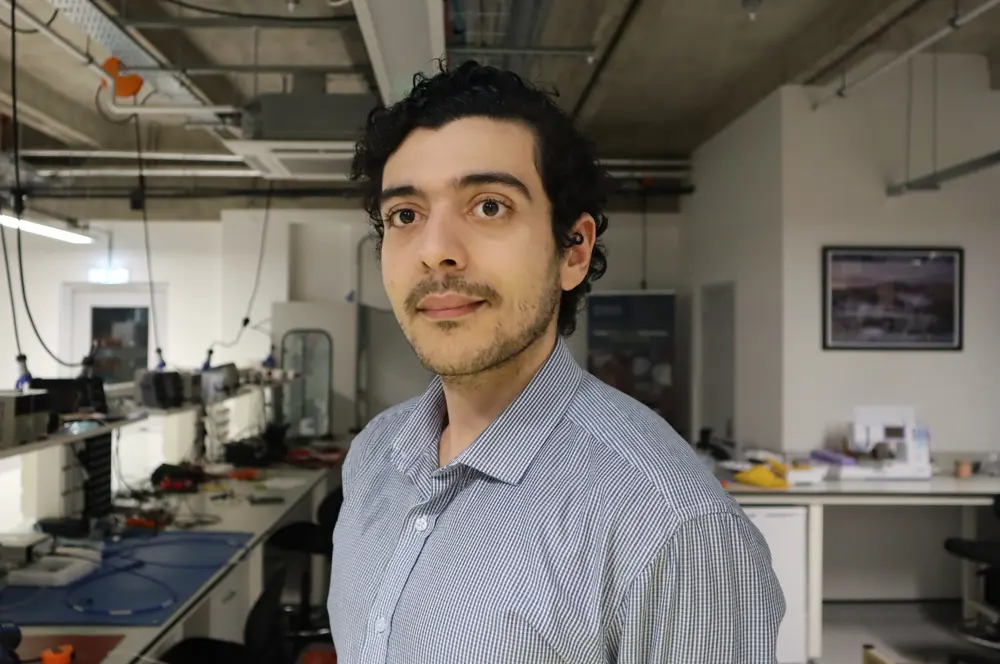
What has been your biggest achievement to date?
Establishing a large interdisciplinary team that makes up our Green Electronics Lab. Being able to build a highly capable team ranging from chemistry, materials, and electronic engineering, to software, is something I am truly proud of.
From a personal perspective, winning the Sir George Macfarlane Medal has been a very happy moment. As a student, winning the best undergraduate project prize at Southampton, despite having struggled with some, or many, courses in my first years of engineering, and later the best PhD in Europe in antennas are two main highlights. My undergraduate project included designing Bluetooth antennas and circuits for insoles, allowing continuous tracking for step counting, for example.
What is your favourite thing about being an engineer?
My favourite engineering moment is receiving a device that I, or a team member, designed for the first time. It’s always a long-anticipated moment that gets me instantly into the lab. Perhaps, it’s often the fact that it looks smaller than expected, and it’s particularly satisfying when it works as intended.
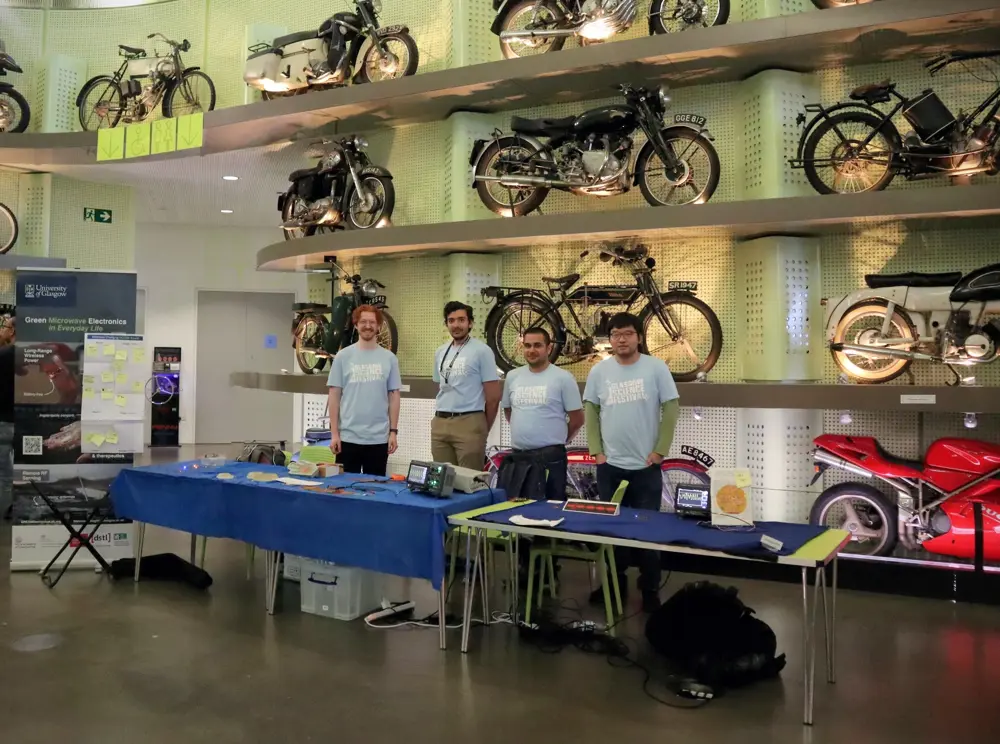
Mahmoud (second left) and colleagues share their research at Glasgow’s Riverside Museum
What does a typical day involve for you?
As an academic and startup founder, my day has a mix of management and technical tasks. I am often planning new projects and applying for grants to support them, this could be a few-weeks- long study or a several-yearslong programme. I spend a lot of time with my team, either one-on-one or as a small group in the lab. I also prepare many presentations and lectures about our work.
For the more typical engineering work, I am often in the lab to set up a new experiment or see the initial results of testing a new device that was just constructed. I sometimes miss spending more time in the lab ‘playing’ with the equipment, but I do thoroughly enjoy the variety of activities in a day, and specifically working with others to make their technology work.
As a lecturer, I also teach electronics design, supervise student projects, and sometimes run workshops for school students to get a feel of electronics. Occasionally, I get to do interviews, like this, or with TV/radio, and sometimes deliver an exhibition at a local museum. For example, I was interviewed for CBBC’s Operation Ouch about our wireless-powered smart bandages, which use UV light to kill bacteria. Another highlight was showcasing my research at the Glasgow Riverside Museum.
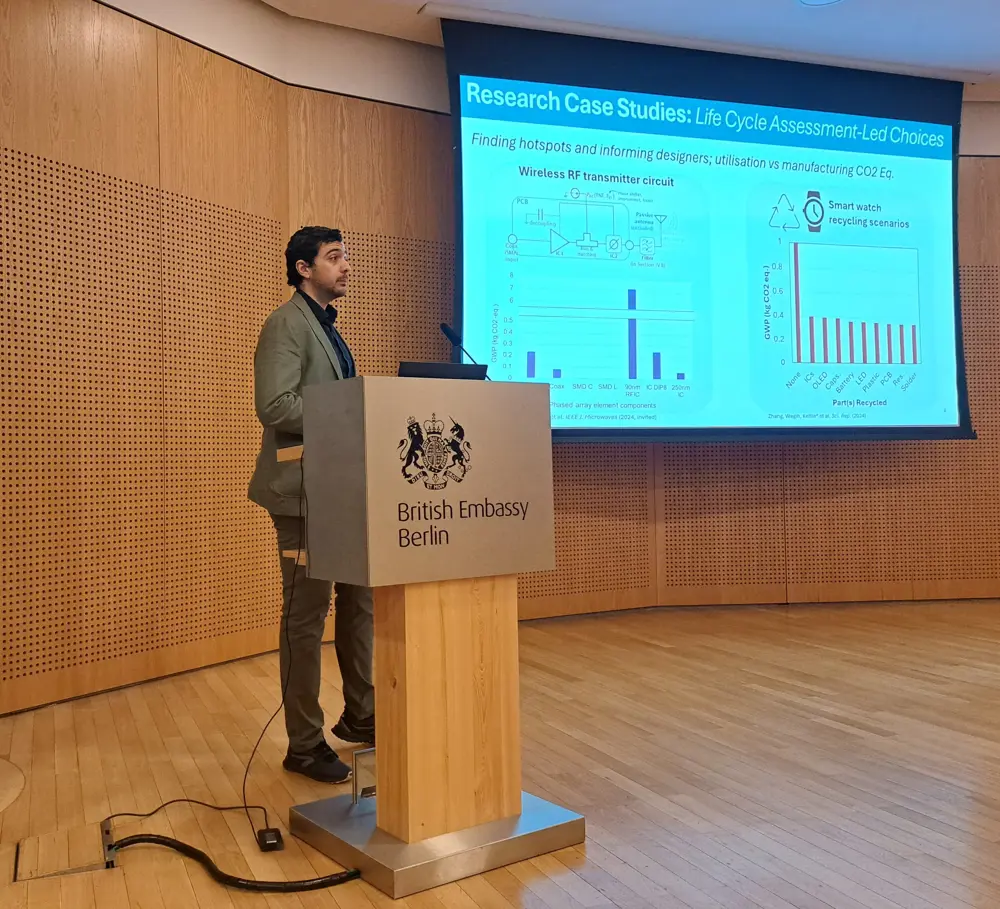
Mahmoud presents his research at the British Embassy in Berlin
What would be your advice to young people looking to pursue a career in engineering?
If you are considering a degree in engineering, don’t let a lack of past engineering experience put you off.
I think engineering is one of the most flexible professions; in a sense that as an engineering graduate, you could end up applying your skills in finance or management. Likewise, someone with a different sciences background, or without a degree, could pick up the engineering skills for a successful career. I have met several successful engineers who came via apprenticeships or had non-engineering degrees.
As an engineering student, spend time talking to other engineers, that could be at job fairs, conferences, or your lecturers, and you will find out a lot more about areas of engineering that you didn’t know about. Several successes in my career are a direct result of that.
What's next for you?
I’m making the time to get back to the lab to test some of our new biodegradable devices and sensors. Since summer is around the corner, hopefully a quick (sunny) hillwalking holiday is also due.
Get a free monthly dose of engineering innovation in your inbox
SubscribeRelated content
Electricals & electronics

Accelerometers
Used in earthquake measurements, laptops, planes and even in stargazing apps, today’s accelerometers are much smaller than when they were first developed in 1927. Find out how they detect movement and vibration.
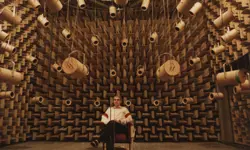
How to maximise loudspeaker quality
Ingenia asked Dr Jack Oclee-Brown, Head of Acoustics at KEF Audio, to outline the considerations that audio engineers need to make when developing high-quality speakers.

Cable fault locator
The winner of the Institute of Engineering and Technology’s 2014 Innovation Award was EA Technology’s CableSnifferTM, which uses a probe and chemical sensing technology to identify faults, saving energy companies millions of pounds each year.

High speed evolution
In December 2010, Eurostar International Ltd awarded a contract for 10 new high speed trains to Siemens. The company has used a system developed over decades to maximise the performance and passenger-carrying ability of its 320km/h trains.
Other content from Ingenia
Quick read
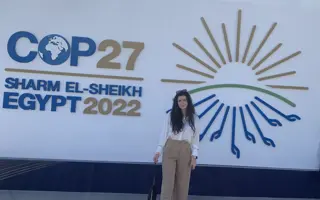
- Environment & sustainability
- Opinion
A young engineer’s perspective on the good, the bad and the ugly of COP27

- Environment & sustainability
- Issue 95
How do we pay for net zero technologies?
Quick read
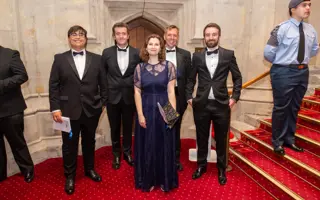
- Transport
- Mechanical
- How I got here
Electrifying trains and STEMAZING outreach
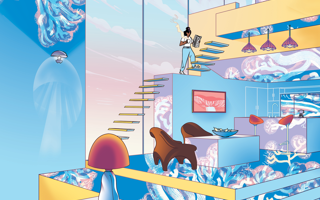
- Civil & structural
- Environment & sustainability
- Issue 95